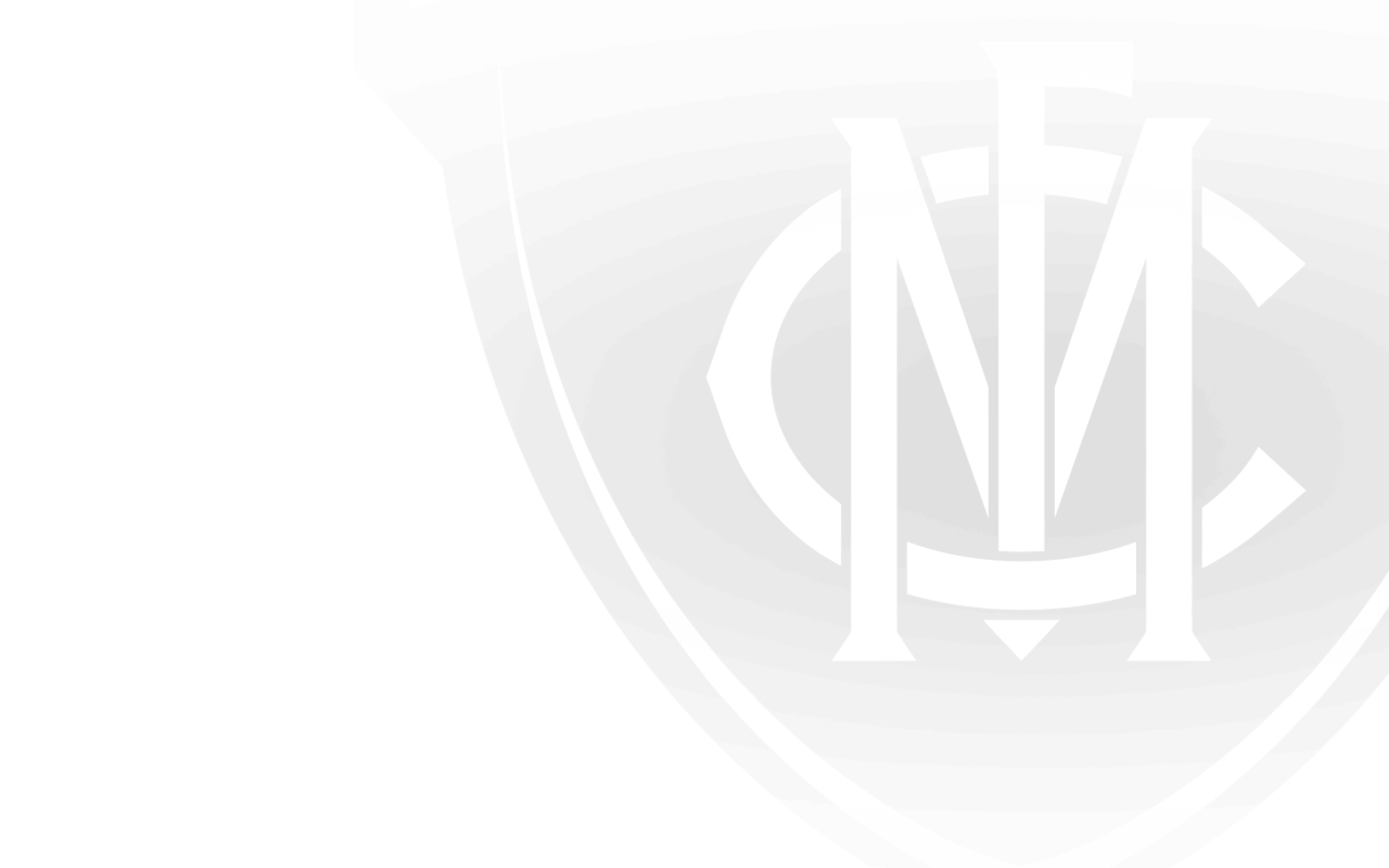Vale Ray Jordon
With the passing of Ray ‘Slug’ Jordon, an integral part of the 1980s rebuild of the Melbourne Football Club disappeared forever.
But Jordon’s feats will live long in the memory of all Melbourne - and all those who love the game. Already renowned for his feats in cricket and the VFA before he joined forces with Ron Barassi, Chris Connolly recalls how it all began. ‘Ray was coach of Reserves and Under 19s, with Ron as senior coach, replicating the successful structure of North Melbourne.’
It was 1981, and Connolly himself was subjected to the Jordon regime from early on. It was eminently successful, resulting in Under 19s flags in 1981 and 1983, and a Reserves premiership in 1984. The assembly of young players making their way through and getting ready to set the world on fire in senior ranks was impressive, and Connolly reels off the names like a team list of thirty years ago. ‘There were players like myself, Mark Withers, Dale Dickson, Steve McCarthy, Adrian Battiston, David Cordner, Mick O’Sullivan, Peter Tossol…guys like Graeme Yeats, Greg Healy, Garry Lyon, Jim Stynes, Sean Wight, Stephen Newport and then there were guys like Steve O’Dwyer, who he had a huge influence on…there’d be a major focus on the Under 19s, but there were times when the Reserves looked like having finals experience, and good Under 19s players would be promoted to the Reserves for the finals.’
It was sound, and it was structured - and it worked. But there was also an element of magic being brought to the Melbourne Football Club by Barassi and Jordon that had long been missing. It was recognised by Club President of the day, Sir Billy Snedden, at the end of the 1981 season. Melbourne had finished last, with just an early season win, but on review of the year, Snedden wrote, ‘Now for the gleam in the eye. The young bucks in the Under 19s. What a tonic they gave the supporters in the finals. A number of them will help win our next flag. Well done Ray Jordon. Congratulations to Adrian Battiston on winning the Morrish Medal.’ It was a beacon of hope, and by 1983 and the next Under 19s flag, many of the veterans of 1981 had made it to senior ranks. Jordon noted in his own 1983 report that ‘…the under 19s have learnt to be strong in mind and body…38 boys from 1981 are now through to this year’s Senior training squad…All now know the requirements of how to win, how to suffer and a deep desire to make Melbourne successful again.’ With Jordon at the helm, no player would ever be left wondering what was required of them.
While Connolly readily acknowledges the way in which Jordon ‘set the bar high with his own expectations’, he also points to the humour and empathy that was an important part of the Jordon makeup, translating to great camaraderie amongst the young players. ‘He had a great wit, in the way he would shape sentences to get a point across. He would certainly imprint his message on the players. He was very hard, very black and white, and he was looking to recruit character and build character….He just built such a resilience amongst his players that we fought back. His teams were always up.’ By 1984, there was a backlog of talent, and Jordon once again put it succinctly - ‘The Under 19s in finishing third introduced forty-two youngsters with many of them gaining great experience for the future at the tender ages of 15 and 16…Of the 1984 Under 19s, around eleven shall make their way into the senior training squad over the summer training and practice match squad.’ Mentions of names such as Garry Lyon, Steven O’Dwyer, Stephen Newport, Bret Bailey and John Fidge show that Jordon knew what was awaiting the Club, mere seasons down the track.
Jordon’s expertise was recognised throughout the competition, to the extent that he was offered the senior job at the Sydney Swans. However, he was contracted to Melbourne, so stayed with the Club. His experience at Richmond and North Melbourne, as well as Melbourne, would eventually lead to his being made the coach of the Sandringham Dragons, and becoming one of the first coaches to coach in the newly formed Under 18s competition.
While he was at Melbourne, Jordon was a full time employee, and this gave the likes of Connolly the chance to know the coach a bit better than most. ‘He used to do a lot of clinics for the VFL, so guys like myself who were at university and would have time off during the day would go and do a lot of clinics with Ray. What you found was a really intelligent person, really street smart, and deep underneath had a great empathy for his players, and you could sense that. So, while he could be very hard, particularly in the public domain, he also had this follow up empathy.’
Jordon also had the admiration of the multitudes, and nowhere was this made more obvious than at a thirty year reunion of the 1981 Under 19s premiership team in 2011. Connolly remembers the occasion as being a huge tribute to the former coach, with a significant ‘bond amongst players in the environment created by Ray. We all spent time with him, and he still had that great wit and that great ability to communicate.’ It was an occasion that exemplified the legacy of Jordon, and of those who formed teams under the dual guidance of Jordon and Barassi.
While he will be sadly missed, this legacy lives on today. Jordon’s achievements stand tall in the heritage of the Melbourne Football Club, and while we will all miss his presence, the stories and achievements live on in perpetuity. We offer our sincere condolences to his wife, Maree, and to his family and friends.
Funeral Information:
JORDON. - A Funeral Service for Mr Raymond Clarence Jordon will be held at St Ignatius Catholic Church, 326 Church St, Richmond on TUESDAY (Aug. 21, 2012) at 10.30 a.m. A Private Cremation will follow. No flowers by request. In lieu, a donation made to the Stroke Foundation would be appreciated. Envelopes will be available.


